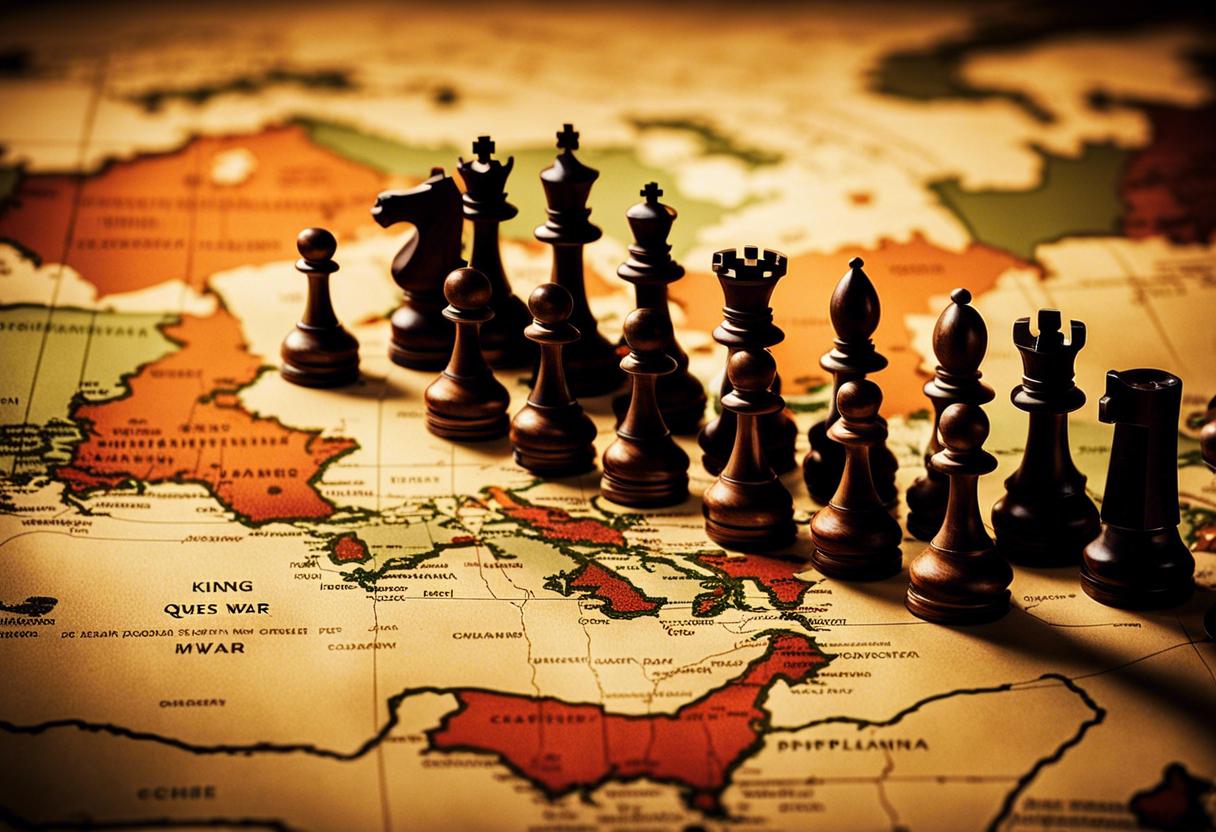In the tenth month of 1962, just at the end of my teenage years, I believed my life was about to end. I was not the only one. The Cuban missile crisis stood at the precipice of global nuclear devastation, the closest mankind has ever come to such a catastrophic event.
Nikita Sergeyevich Khrushchev’s Soviet Union had installed nuclear weaponry in Cuba, and we thought we stood on the verge of a nuclear apocalypse. However, some people were privy to more information. Behind closed doors, negotiations were underway, and within a week, Khrushchev appeared to relent. We were led to believe that America had triumphed overwhelmingly over their communist adversary. But as we discovered many years later, things were not as straightforward as they seemed. An undisclosed agreement was made for the Soviets to withdraw their missiles from Cuba in exchange for the Americans removing their missiles from Turkey, as revealed more extensively by Prof Sergey Radchenko of Johns Hopkins University through comprehensive archival study of the Cold War era.
Initial reactions from Kennedy leaned towards an invasion of Cuba, with full support from the US military. However, the more level-headed views of Robert Kennedy and seasoned Soviet diplomat Anatoly Dobrynin won out. The US agreed to the Cuba-Turkey deal, but on the condition it remained confidential, an agreement which the Soviets upheld, averting global disaster. Radchenko’s book provides insightful depiction of highly-charged meetings in the White House and Kremlin, using notes taken at that time.
The archival information shared covers a wide expanse from Stalin’s rule to the intrusion of Czechoslovakia and Hungary, the Suez Crisis, the Vietnam War, the détente era, the Soviet Union’s downfall, and finally, the emergence of Vladimir Putin.
Archival records have revealed fresh perspectives, reaffirmed previously held ideas and questioned popularly accepted beliefs. Conversations in 1945 between Stalin and the Yugoslavian communist, Milovan Djilas, illustrate the USSR’s capacity to enforce its regime within territories taken over by the Red Army during World War II. Many historians interpret these as signs of Stalin’s aspirations for global domination. Radchenko’s analysis of archival sources, however, presents an image of Stalin as an opportunistic leader, making decisions as events unfolded, rather than following a pre-set grand plan. Nonetheless, Stalin’s consistent focus was the growth of Soviet territory and influence.
Expansion opportunities primarily emerged towards the close of the Second World War, prior to the resultant discord between the USSR and its western partners. There were propositions for bases in the Bosphorus and the Mediterranean’s Dodecanese islands, and even a proposed Soviet takeover of Palestine. The latter suggestion was made by Maxim Litvinov, the foreign affairs commissar, possibly influenced by his Jewish ancestry. At one time, during his exile before the revolution, Litvinov resided with his sister in Belfast and worked at a local Jewish school.
A unique territorial gain for the USSR outside of Europe, as a result of the war, was regaining control of Sakhalin Island from Japan. Interestingly, Radchenko was born on this island.
Radchenko’s book highlights the undercurrent of tension and hostility between the USSR and China, all the more ironic considering both were under communist rule. This is contrasted with the present scenario where Russia, now a capitalist nation and China, still a communist state in name, share a friendly relationship. Yet, a realistic perspective on global politics suggests that countries are not governed by friendships, but by self-interest.
The book also underscores the recurring theme of Soviet leaders craving western acknowledgment of their superpower status. This is despite their knowledge that apart from their nuclear capabilities, they didn’t have much else to solidify their claim. Khrushchev’s uncouth behaviour, such as his infamous shoe-banging at the United Nations, is frequently referenced.
The original text offers an explanation for his rise through the Communist Party ranks not only due to his innate impulsive character, but also owing to his upbringing in the rugged mining town of Yuzovka, later known as Donetsk, in eastern Ukraine. This is a place where diplomatic etiquette was rarely upheld.
His successor, Leonid Brezhnev, another member of the Communist Party’s Ukrainian factions along with Khrushchev, is painted as near obsequious towards his counterpart, Richard Nixon. Their shared traits of political and personal corruption may have fostered a close bond.
Mikhail Gorbachev is lauded for transforming the Soviet Union beyond recognition within merely four years, and Yeltsin’s ruthlessness towards the Chechen separatists is equally scrutinised. Each of the leaders mentioned, including Stalin, are viewed not only as strivers for global recognition, but also as desiring validation from Washington. This narrative introduces the incumbent of the Kremlin, Putin, tracing his decline from supporting America’s response to the 9/11 terrorist acts, even suggesting possible NATO membership, to his growing antipathy towards American exceptionalism and his ultimate invasion of Ukraine.
The text indicates that NATO’s eastward expansion greatly influenced Putin’s shifting attitude. During a meeting in Moscow in 1995, he related his views to Bill Clinton, framing it as a sheer “humiliation for Russia.”
In the book’s concluding paragraph, Radchenko postulates that Putin may restore Russia to its elusive grandeur and its insatiable, self-destructive aspiration for global dominance through a blend of audacity, fortune and orchestrated pandemonium.
The narrative seems to blur the lines between Russia, with its assumed desire to control Ukraine, and the Soviet Union, frequently governed by non-Russians, harbouring potential ambitions of global superiority.
In contemporary discourse, if Russia does harbour ambitions for global dominance, it will face resistance not just from the West and the US, but also its current allies in Beijing.

